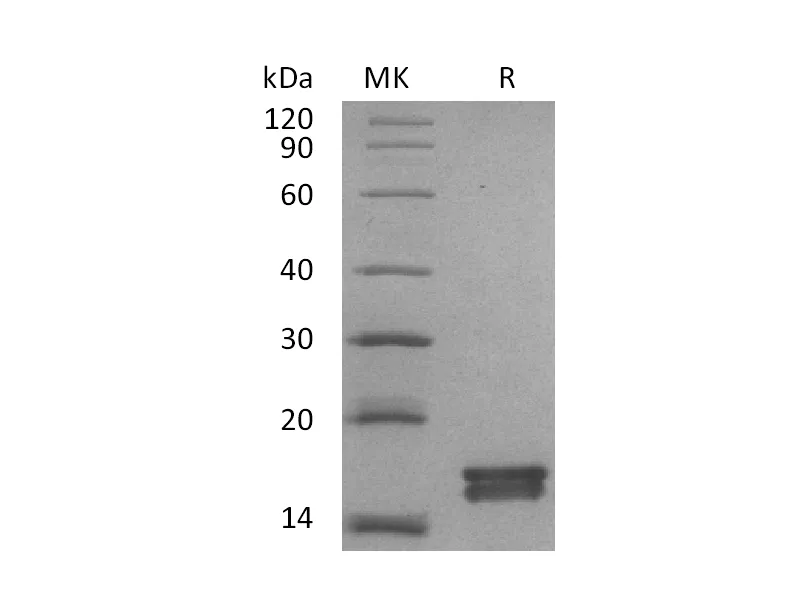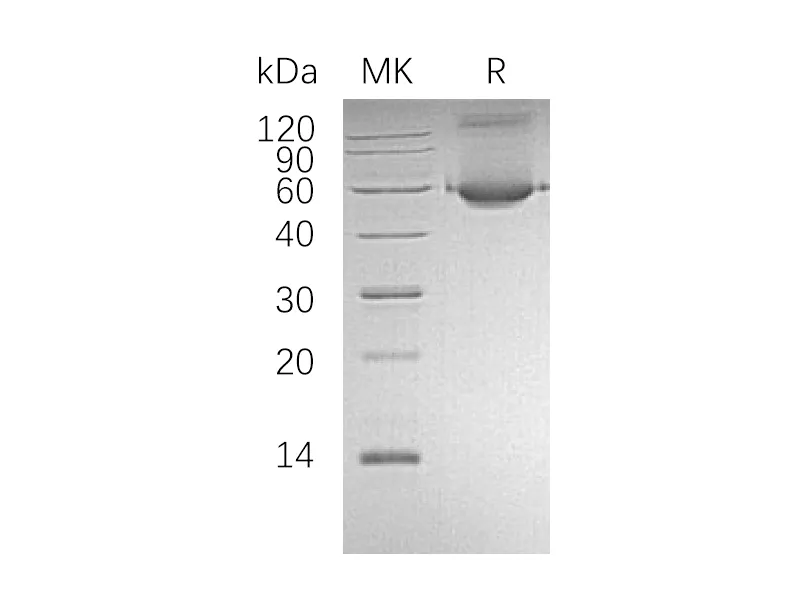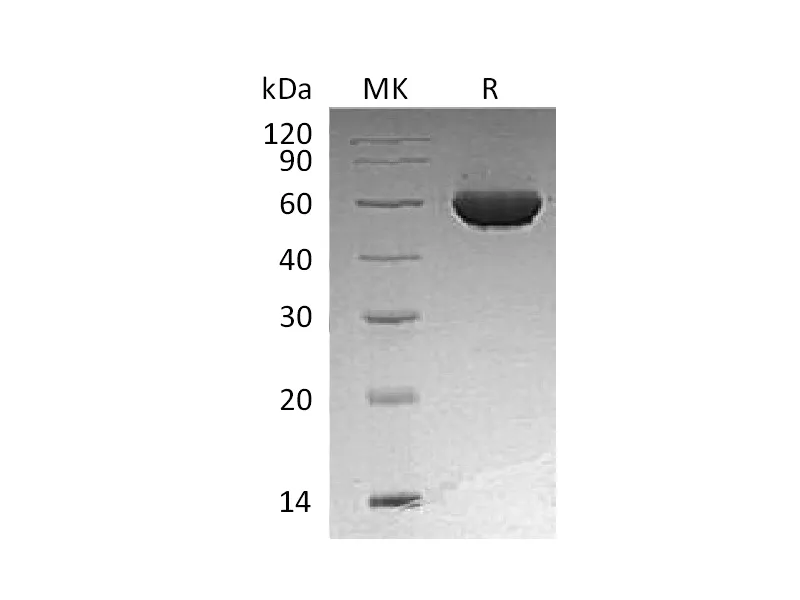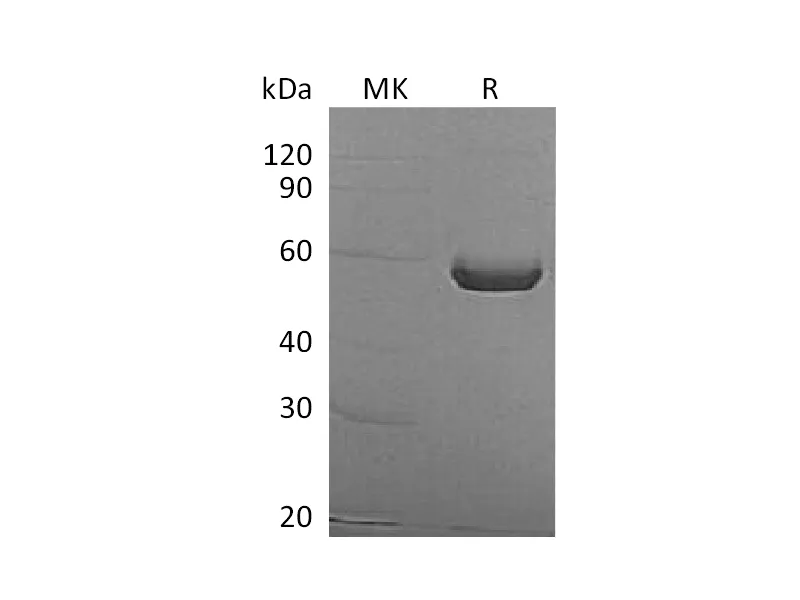Alternative Names
CD209 molecule; CD209; CDSIGNHIV gpl20-binding protein; CLEC4L; DCSIGN; DC-SIGN; DC-SIGN1
Background
CD209 is also known as CLEC4L, DC-SIGN and CD209 antigen, is a type II transmembrane protein on DCs with a C-type lectin extracellular domain, is capable of binding ICAM-3 on resting T cells in the secondary lymphoid organs, providing the initial contact between these cells during the establishment of cell-mediated immunity. The DC-SIGN/CD209 lectin domain binds mannose oligosaccharides on pathogens including HIV as well as self glycoproteins including ICAMs (2, 4). DC-SIGN/CD209 binds to butyrophilin 2A1 and this interaction can be blocked by HIV pp120. DC-SIGN/CD209 is expressed on dendritic cells (DC) and inflammatory macrophages and contributes to antigen presentation. It is not only a pattern recognition receptor but implicated in immunoregulation of DCs. It has important role in mediating DC adhesion, migration, inflammation, activating primary T cell, triggering immune response and participating in immune escape of pathogens and tumors.
Note
For Research Use Only , Not for Diagnostic Use.




